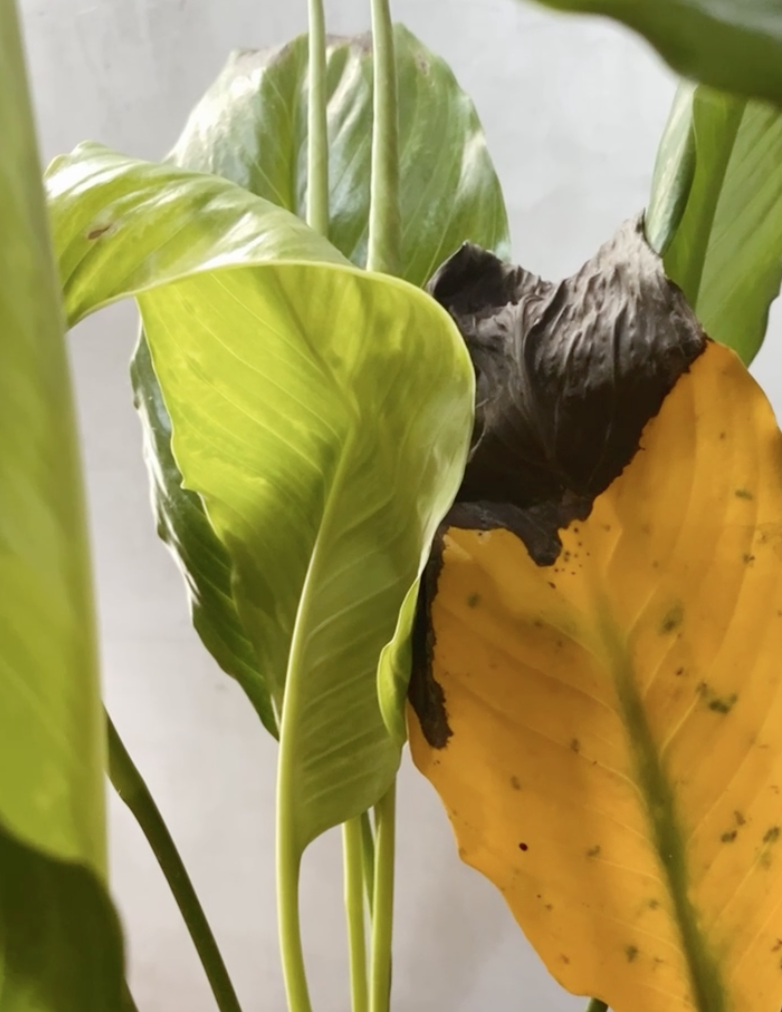As we’ve learned to properly care for various houseplants over the years, we still have our fair share of leaves turning yellow – and that could be caused by numerous reasons, depending on what symptoms the plant is showing.
It’s best to observe your plant for causes. While some can be diagnosed and be fixed right away, some would require changing one element at a time until you see further improvement.
Good Balance of Moisture
Knowing when and how much water to give your plants could be one of the trickiest parts of plant care. Since overwatering and underwatering are equally harsh to your plants, finding the sweet spot where they are at their happiest would be necessary.
A good rule of thumb is to check the soil with your finger for moisture. Test about 1 – 2 inches down in each planter to get a feel of the plant’s moisture level. Once you feel that it’s dry, go ahead and give it a good drink.
Keep in mind that every plant has individual water requirements – plan different watering schedules for your green buddies!
Light Requirements
If lack of light is the issue, here’s the clue you can look for: the plant will typically show yellow foliage on the side that’s away from the light source.
One quick hack is to move the plant to a sunnier location. Rotate the pot now and then to ensure all sides receive proper light.
Viral Infection & Pests
If you’ve ruled out the other potential causes, diseases and pests could be the culprit.
Blotchy leaves, yellow patches, and some deformed stems indicate that your plant has a viral infection. To curb infestations, try to rinse off your plant. While some can involve fungicides, others may require pruning infected fronds.
Some diseases are hard to cure and might spread to nearby plants; quarantine your sick plant from the neighboring plants to ensure the spread is contained.
Don’t forget to disinfect your gardening tools before reusing them!
The Aging Process
As plants grow and age, they normally shed lower, older leaves. When this happens, don’t worry as this may be attributed to natural leaf aging – encouraging new growth.
If your plant is healthy and growing, yellowing at a slow and steady rate, specifically at the bottom of the plant, is just natural.

